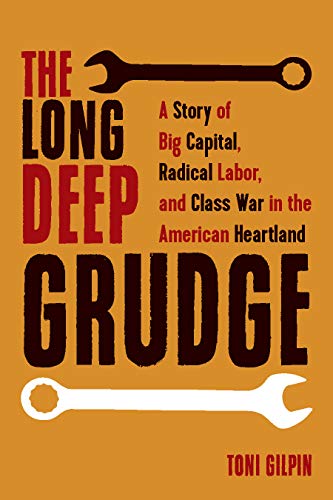What do you think?
Rate this book


The epic clash between International Harvester and the radical Farm Equipment Workers is vividly conveyed in this richly detailed history of the bitter, deep-rooted grudge match between an industrial behemoth and a militant organized workers’ movement. The Long Deep Grudge makes clear that class conflict has been, and remains, integral to the American experience by illuminating perspectives from both sides of the battle lines during a critical labor battle that began late-1800’s Kentucky and continues today.
This evocative narrative centers on the bitter twentieth-century enmity between the Farm Equipment Workers (FE), once one of America’s most radical unions, and International Harvester, which long reigned as one of the world’s supremely powerful industrial empires.
This detailed historical account, stretching back to the nineteenth century and carried through to the present, reads like a novel. Biographical sketches of McCormick family members, union officials and rank-and-filers are weaved into the narrative, along with anarchists, anti-communists, jazz musicians, Wall Street financiers, civil rights crusaders, and mob lawyers.
Both Harvester and the FE are now gone, but this largely forgotten clash provides context for the not only the recent decline of the labor movement but the crisis of yawning inequality facing Americans today.
451 pages, Kindle Edition
Published November 4, 2020